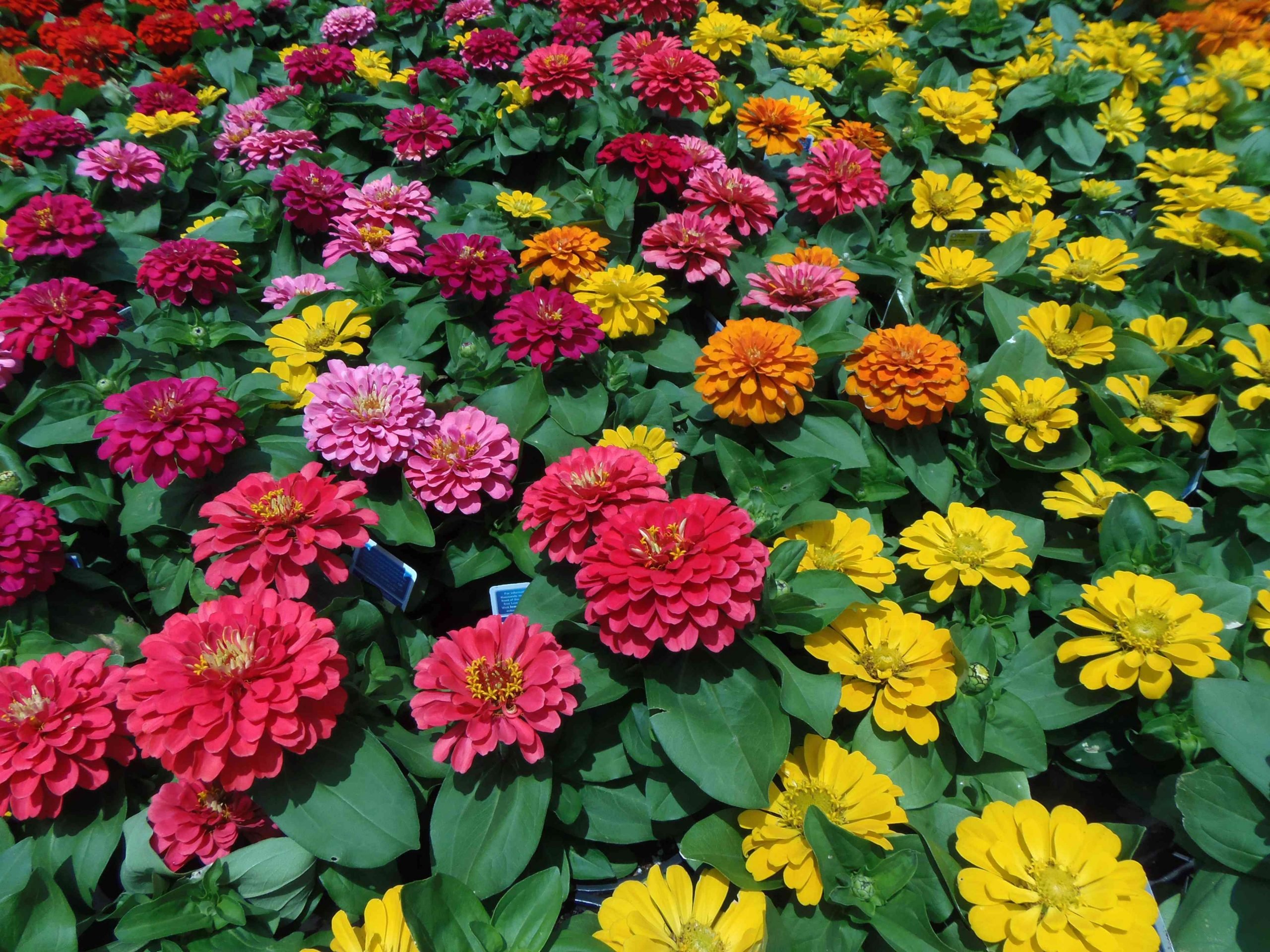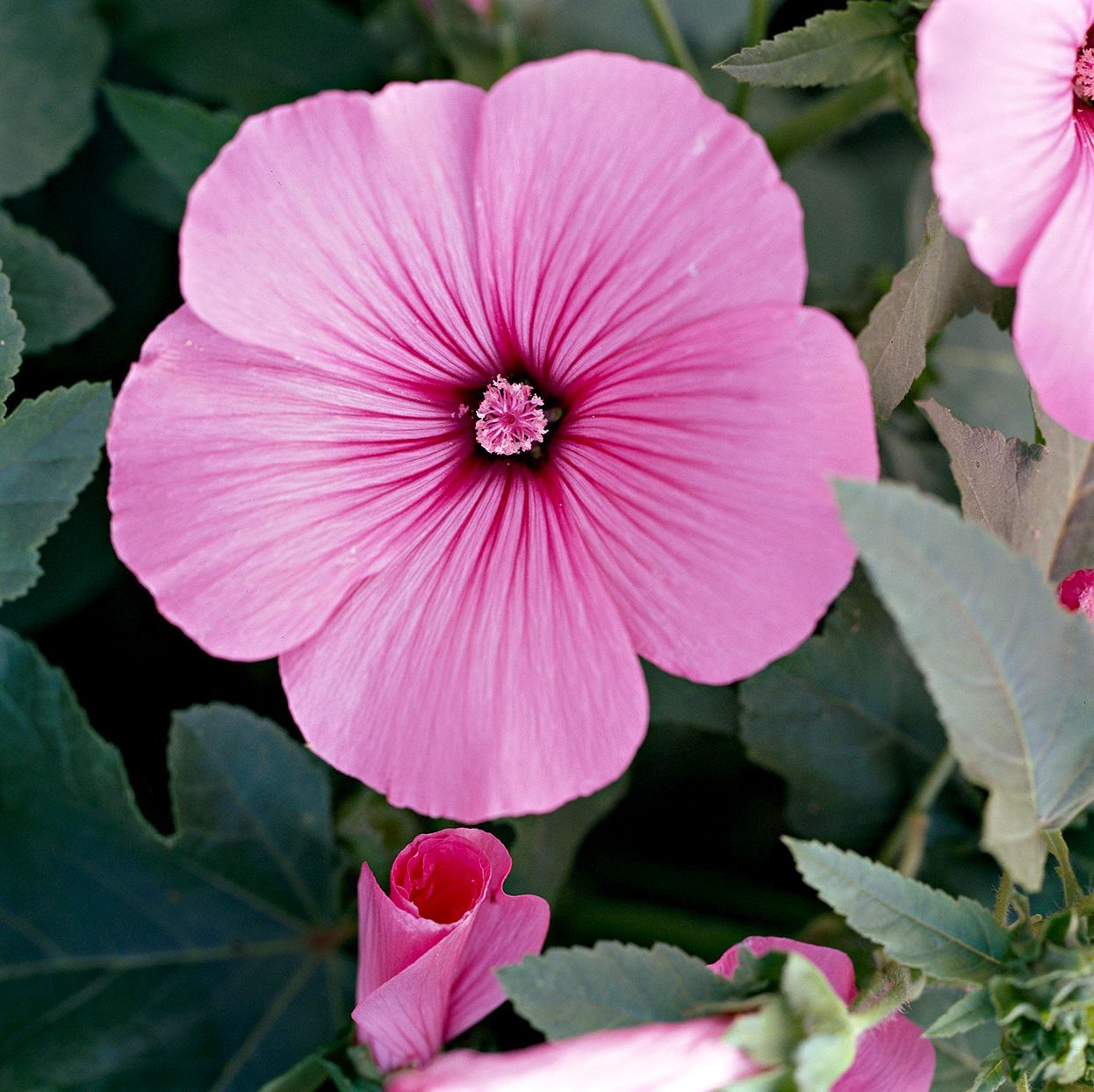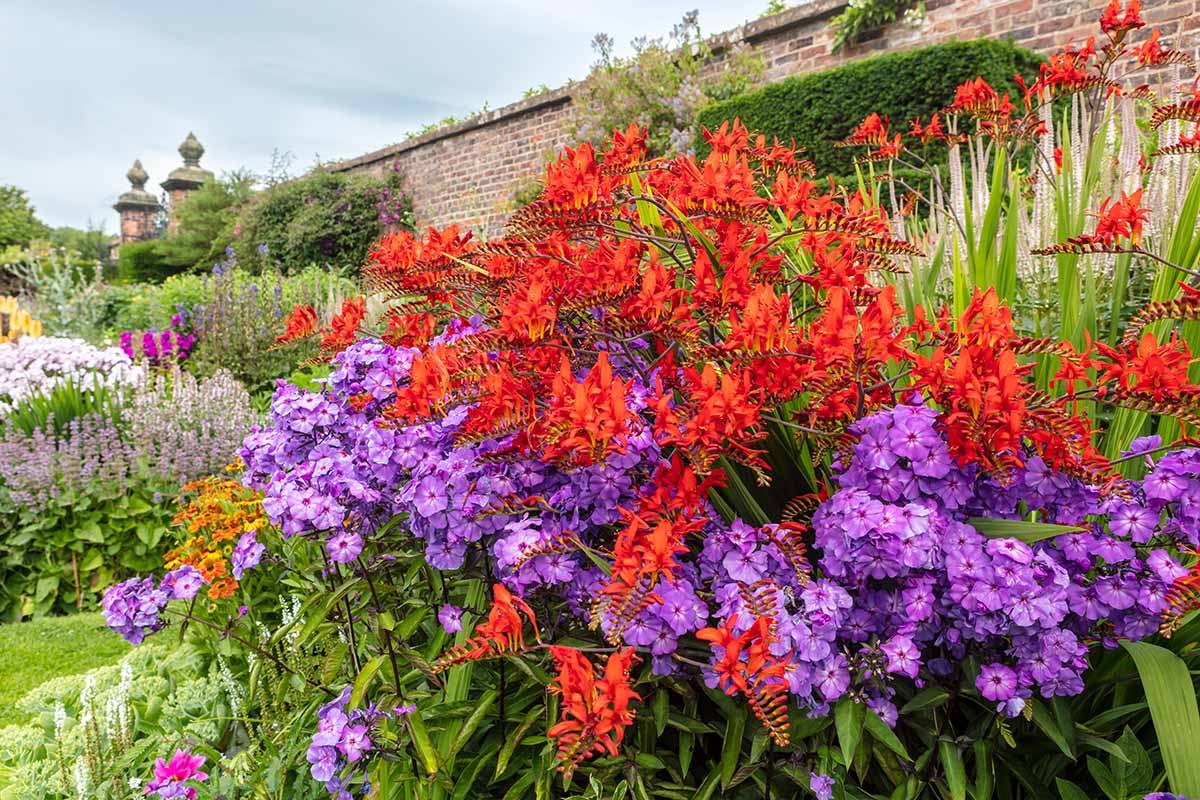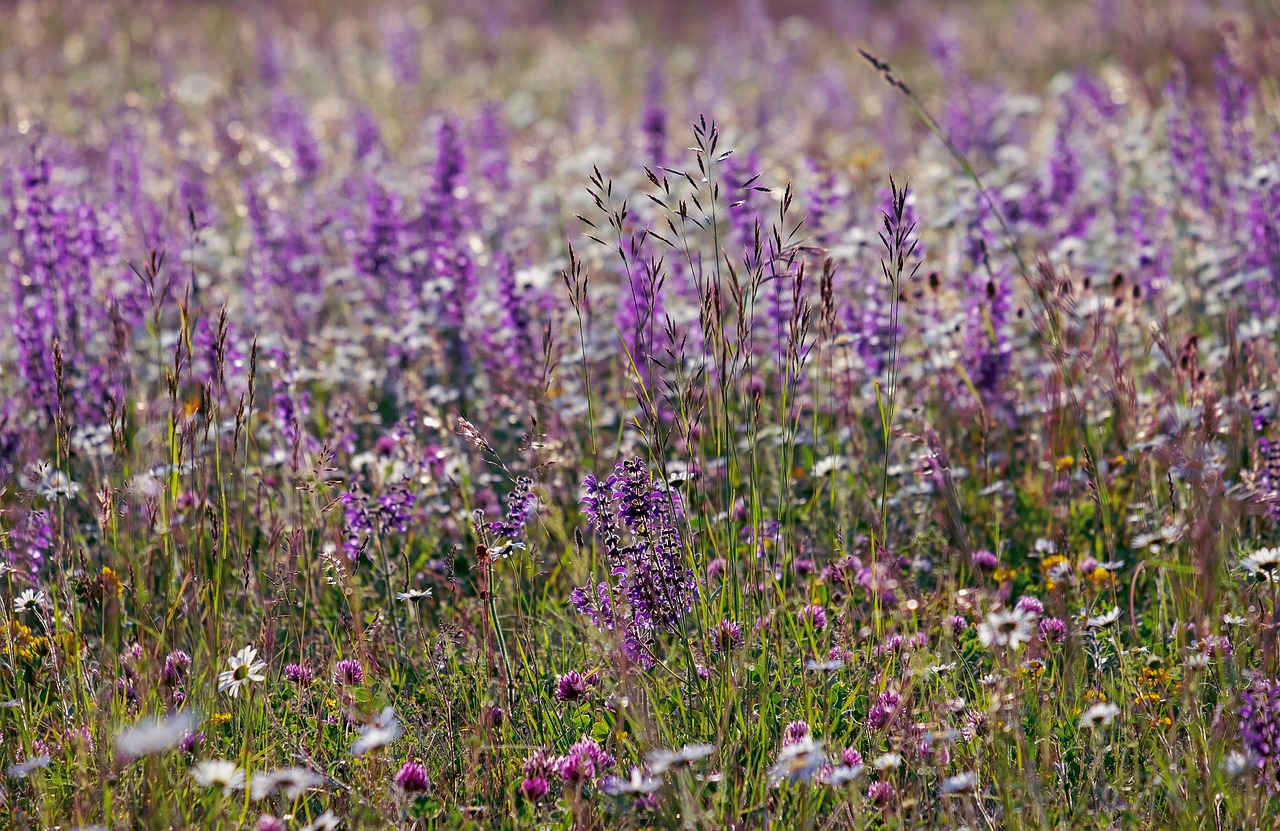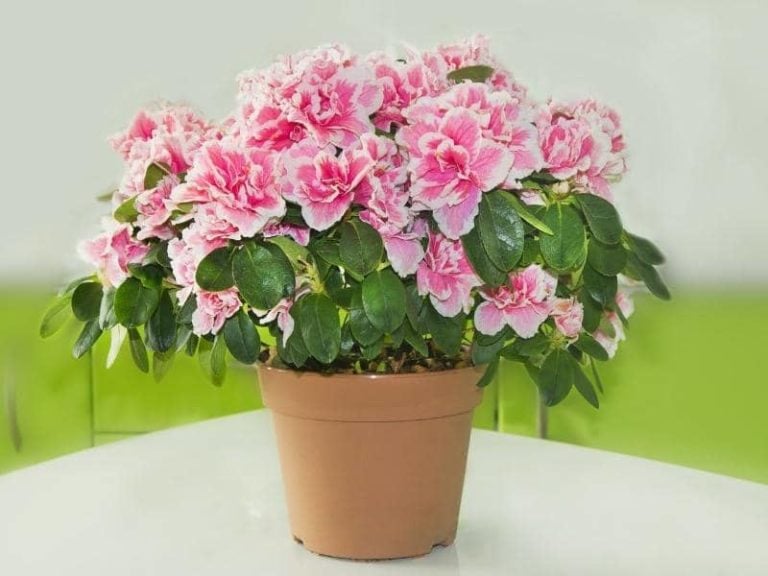Growing Lavatera: The Hardiness of Lavatera Plants
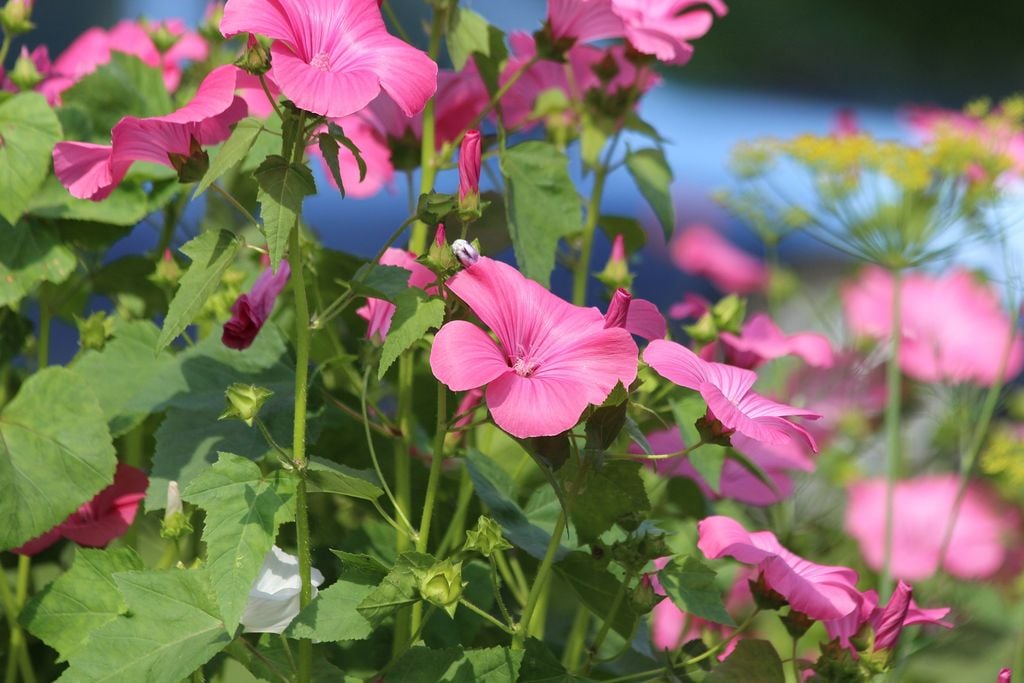
Table of Contents
If you are new to gardening, there are a lot of words that may just bounce above your head. Among so many terms used to describe plants, one term commonly used in gardening is “hardy.” It is possible that you heard this label for a plant but did not know what it meant.
Hardiness of a plant is an important factor to consider when selecting the plant for your yard. If your choice is the Lavatera plant, it is surely a classy addition to any outdoor area.
Are you not yet sure if the Lavatera plant is the best choice for you or not? Or if there will be any Lavatera problems as you opt for it? The blog has all the answers you need, so stay tuned!
Lavatera Plant: The Radiant Blossoms
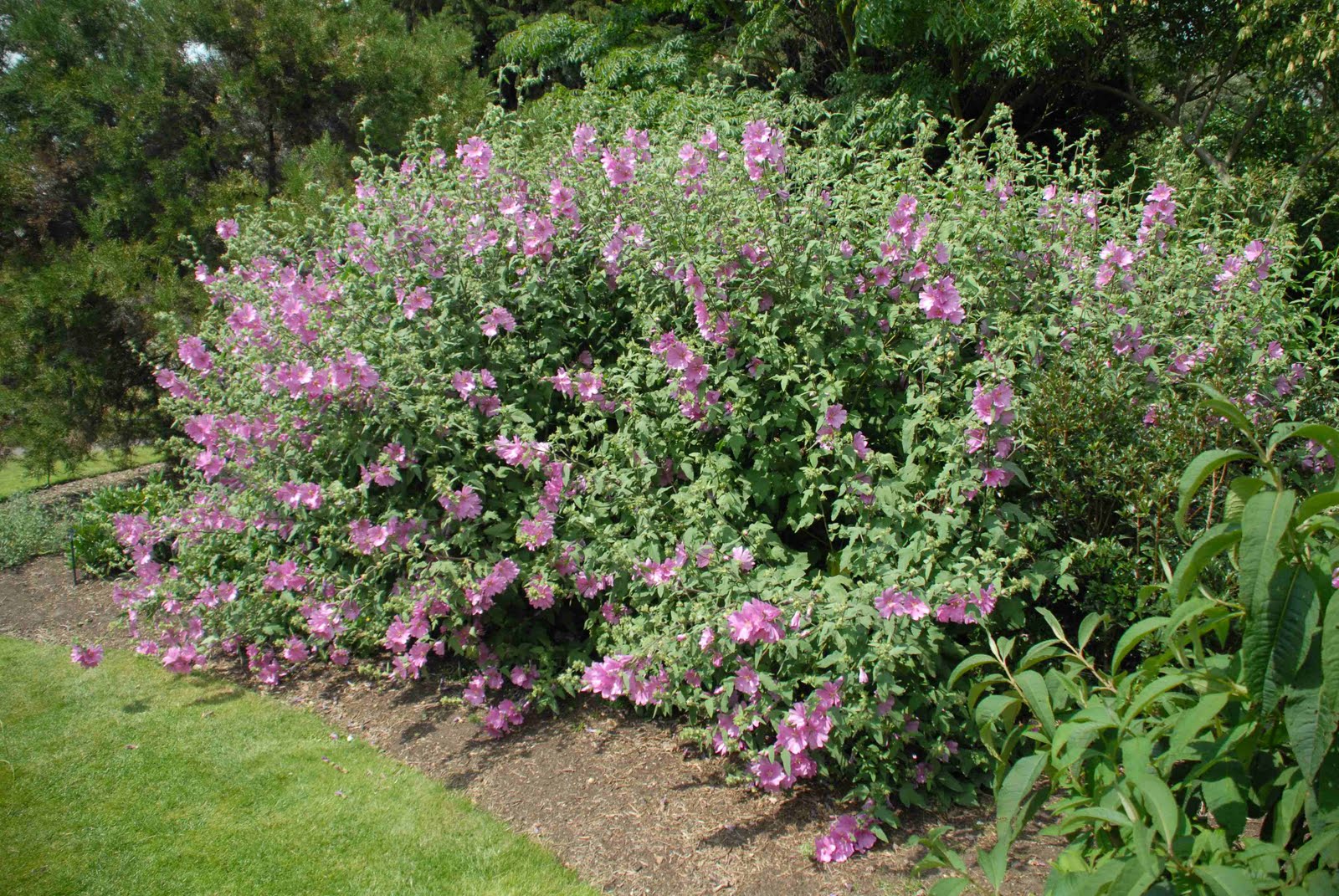
If your garden has the beautiful blooms of Lavatera plants, there is no denying that they are completely changing the overall ambiance of your garden. The flowers of this plant are large and funnel-shaped, while the color of blooms can vary with different species.
One interesting characteristic of this plant is the ability to produce self-seeds that replace the dying plant. This is aided by pollinators like butterflies or bees that are attracted to this plant.
Growing Conditions for Lavatera Plants
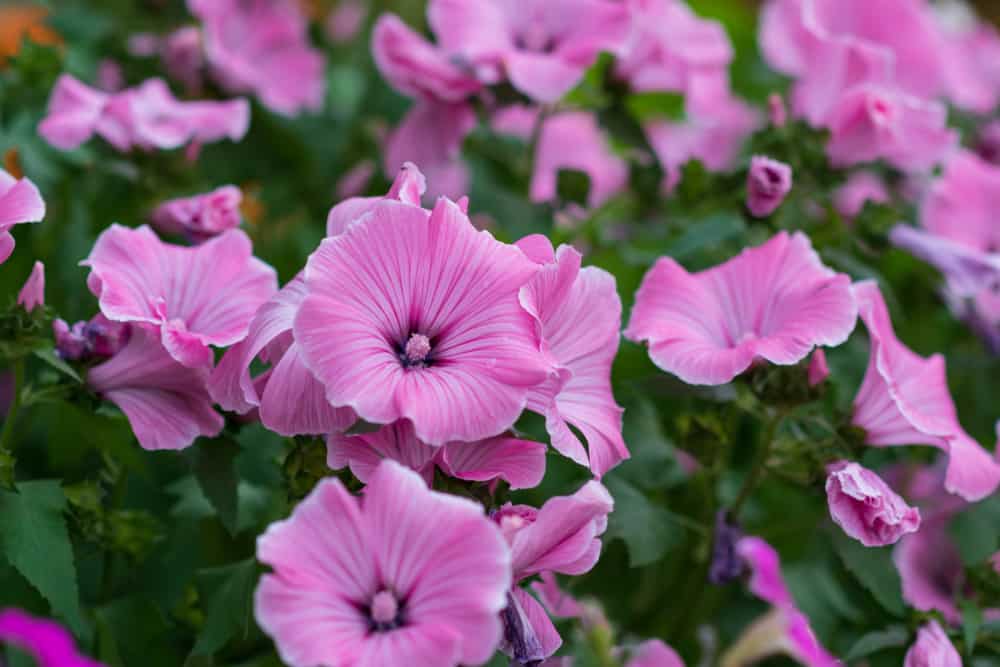
Growing a Lavatera plant is easy, but the ideal conditions must be provided for the plant. The habitat and growing conditions are needed to ensure the growth of the plant.
The plant grows best in well-drained soil, which makes loamy or sandy soil the best soil type for Lavatera plants. The plant does not need a lot of water to survive, so that saves you from watering. Note that clogged soil and over-watering the plants can hamper the plant’s survival.
In most cases, the plant will grow without additional fertilizers. The ideal weather condition for the survival of the plant is warm and dry. Pruning is important if you plan to grow a Lavatera plant. While you can skip pruning, yearly pruning is important in order to discard dead and damaged plant parts to facilitate the growth of young plants.
What is the Hardiness of Plants?
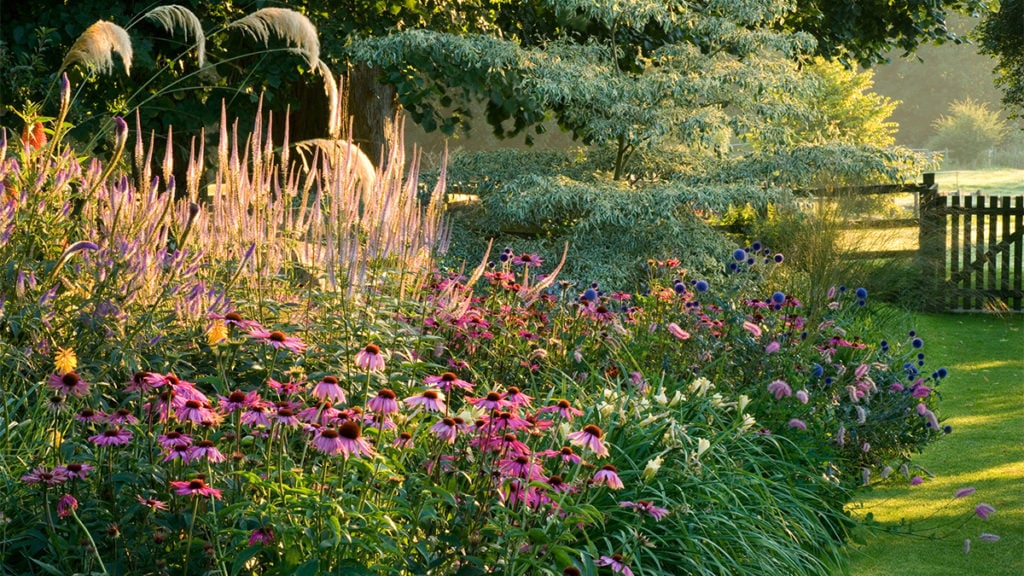
If you do not know what hardiness of plants means, let us make it a lot easier for you. By hardiness, we mean the ability of a plant to withstand cooler temperatures.
The system was developed by the United States Department of Agriculture (USDA), where the plants are classified on the basis of how much cooler temperatures can plants withstand. There are 13 levels (1-13) to classify plants in accordance with their tolerance to lower temperatures.
The labels developed by USDA are not always used, so websites and labels use terms like tender, half-hardy, and fully hardy for common use. A tender plant will be unable to survive in temperatures below 0 degrees Celsius. Half-hardy plants can bear the lower temperatures (up to -5 degrees Celsius) for short time periods whereas fully hardy plants can survive even in the cooler temperatures (up to -40 degrees Celsius).
Another rating commonly used is the devised system for hardiness by RHS (Royal Horticulture Society). Different plants are given a rating with a prefix of H and varying numbers as suffixes based on how much temperature they can survive in.
Why is Determining the Hardiness of Plants Important?
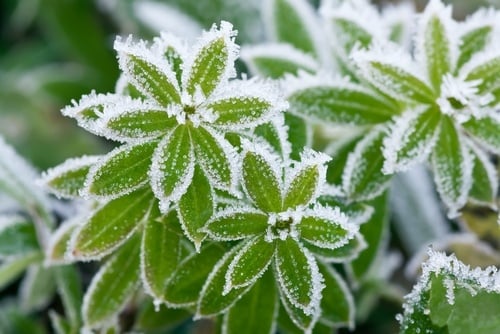
The hardiness of plants is important to take into consideration when opting for plants in your garden. It is extremely important in domains like horticulture and gardening.
The hardiness holds so much value because it helps us to know if certain plants can survive in adverse environments (cooler temperatures). Hardiness zones are important as you choose the perfect plant for your backyard or garden.
These zones help to know if a particular plant you choose can survive in your region (depending on the climate and geography of your region). Choosing plants by analyzing the hardiness zones saves you from the money, effort, and time you might invest in plants that will not thrive in your region.
How Hardy are Lavatera Plants?
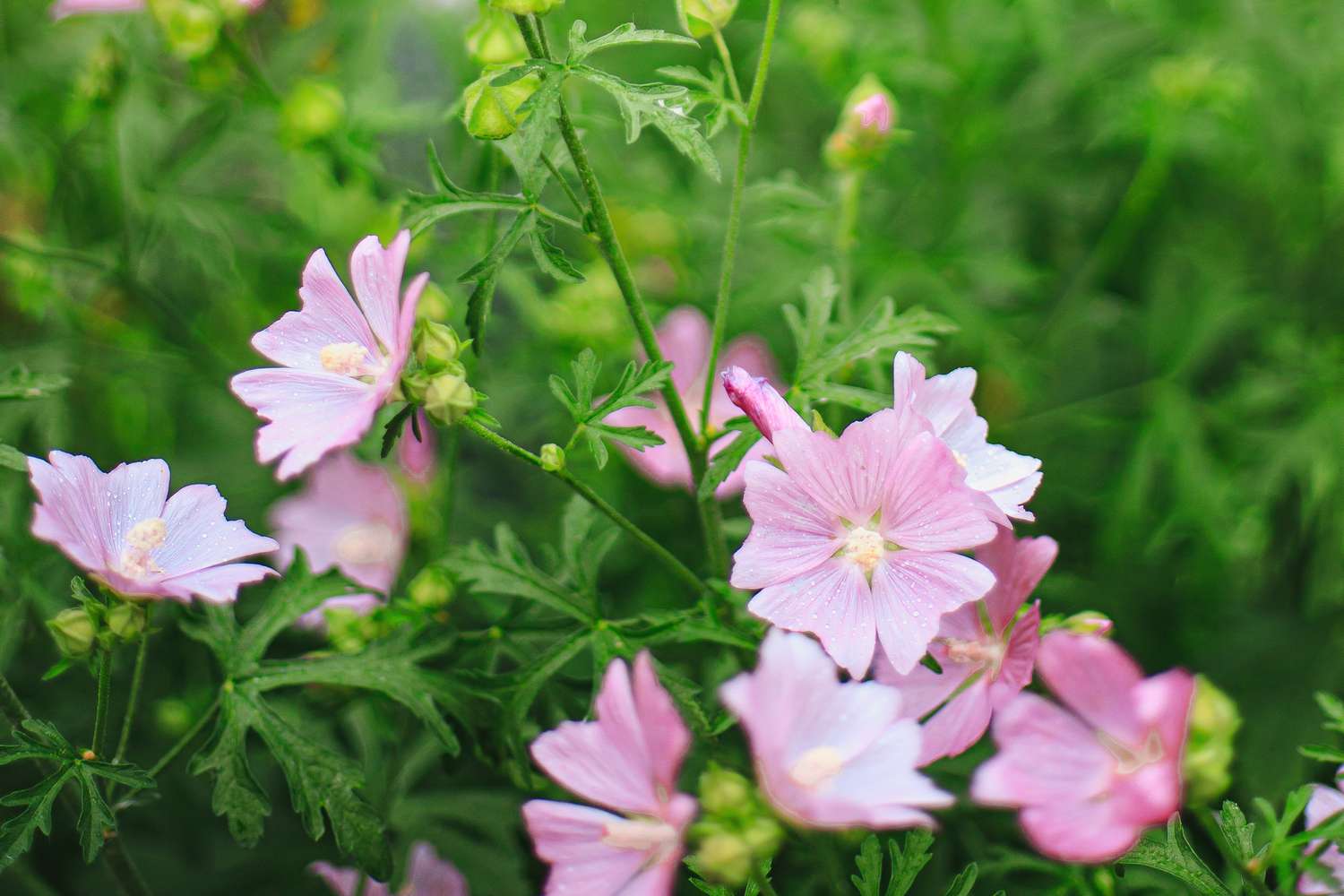
Before we discuss how hardy Lavatera plants are, let us start by comparing the temperature ranges the plants need for growing. For the germination of Lavatera plants, a temperature range of nearly 21 degrees Celsius (or 70 degrees Fahrenheit) is needed.
For mature Lavatera plants, warm temperatures are ideal. But if we consider the hardiness of the plants, they are hardy plants (that means they can tolerate cooler temperatures). The different varieties of Lavatera plants fall under levels 7-10 of hardiness, a scaling system derived by USDA.
If we compare the hardiness of Lavatera plants on a system devised by RHS, the plants have a rating of H5. While it can vary with different varieties, it mostly falls in the range of H5 for Lavatera plants.
Wrapping Up!
Lavatera plant as an ornamental plant for your outdoors is an innovative choice. The mesmerizing hues of this plant alone can make your yard stand out.
For the plant to have optimal growth and survival, the ideal conditions of weather, sunlight exposure, water, soil, and pruning are crucial. When weather conditions are considered, the hardiness of a plant helps decide if any plant can survive in a specific climate or not.
Lavatera plant is considered to be one of the hardy plants with USDA levels of 7-10 and an RHS rating of H5. This, in simpler words, means that it can tolerate cooler temperatures.
For any queries related to the care and maintenance of the Lavatera plant, comment down, and we will be happy to answer!


